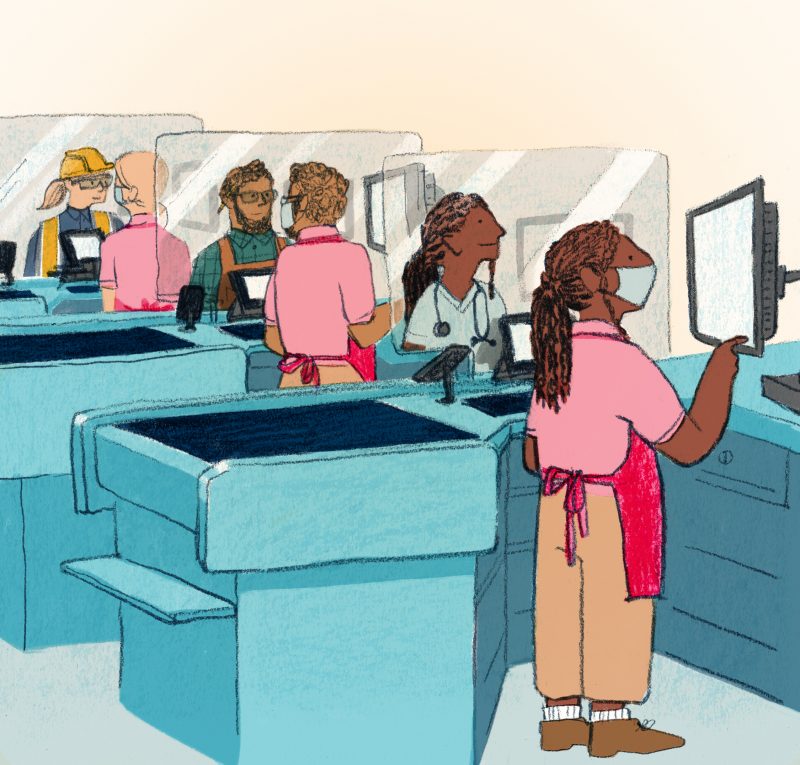Why we’re doing this project
Workers who are displaced from their jobs, or facing disruption, have many of the skills and abilities to fill existing demand in other roles. However, barriers such as incomplete information, lack of tailored support, and unclear guidance may be preventing such transitions from happening.
Recent shocks and disruptions arising from COVID-19 have affected millions of Canadians and their jobs, with some companies, sectors, and workers hit especially hard. These impacts come on top of existing drivers of change, such as digitization, automation and offshoring, which were already reshaping the landscape of skills demand in Canada. Some of these trends may accelerate or transform in the context of the pandemic, while new structural changes may affect the future of employment in Canada. In this context of significant disruption and uncertainty, new approaches will be needed to more effectively connect people with jobs and employers with people, as Canada’s economy recovers.
In the first phase of the project, we developed a unique model for identifying job pathways to connect displaced, skilled workers with high-potential or high-growth jobs. We initially developed and tested the model within the Greater Toronto and Hamilton Area (GTHA), releasing both a report and a playbook for workforce developers, employers, policymakers, and service providers.
In the second phase of our research, we combined this model with human-centered design approaches—including new insights and perspectives from both workers and labour market actors. We tested our unique approach to job pathways (a transition from one job to another) and identified high-potential job pathways that are practical and relevant to workers and employers. Job pathways offer a transition from a job that is in decline or likely to be disrupted to another job that is growing, based on both a similarity of skills required as well as individual- and employer-based factors. We’ll be employing a mixed-methods approach that combines quantitative analysis and qualitative design research, developing a toolbox of approaches that can be applied to inform workforce development and retraining programs in sectors across Canada.
This project builds upon our past work in a variety of areas, including our research on automation, our Employment in 2030 initiative that explores how a wide array of trends might impact future skill demand across Canada, and Palette Inc., a national nonprofit incubated at the Brookfield Institute in its pilot phase, which helps mid-career workers whose jobs are threatened by automation to gain the skills needed to transition into high-demand careers.





























